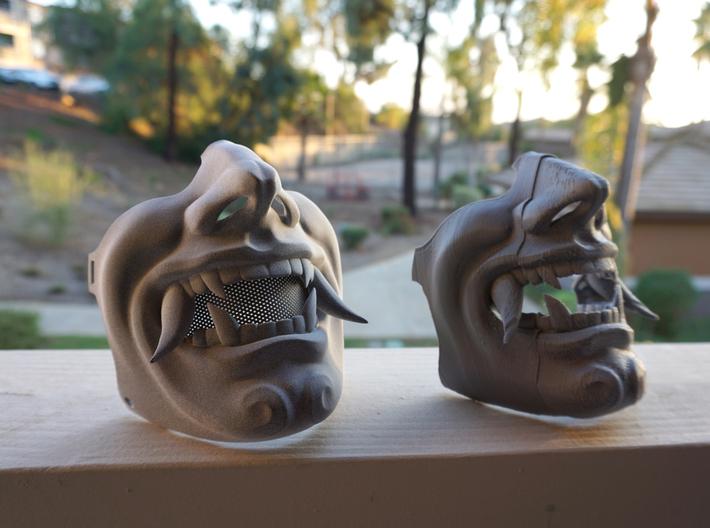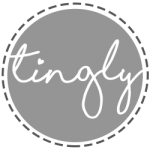As I want to make various masks for this project I want to look into various techniques and materials that I can use to make these masks. Before coming to university I studied fine art, I really wanted to incorporate this into this project as we have a flexible brief. I wanted to have a physical artefact that could be interacted with for the final year show.
I discussed this with various tutors, one suggested I buy plastic masks and paint on them, another suggested that I make it out of paper mache. However, I wanted to design and create these masks personally. For Assignment 1 I brought in an example of a traditional Hannaya mask that was made out of ceramic that I had bought from Japan. The quality of the mask and material made the mask seem quite special which is something I wanted to achieve with my own masks.
Before making my masks I identified various aspects that would need to be considered in order to create something that could be presented for the final year show:
- Material
- Whether I want people to interact (touch) the mask
- Price
- How the masks will be presented
I decided to discuss my plan with the workshop technicians at the university. after explaining my plan he suggested that I create the masks in a 3D package and export them as .stl or .obj. which will then either be CNC’ed or 3D Printed. Below are the options I have to create the mask.
CNC
A CNC, or computer numerical control machine is a high precision tool that’s computer-controlled and makes repeated, accurate movements. It does so by taking computer-generated code and converting it with software to electrical signals. The signals are what control the CNC motors and directs them to move in small increments that are highly precise and repetitive (i2R, n.d.).

Pros
- Can use wood
- Intricate designs
Cons
- Wood will bend
- Masks must not have too much depth.
Formlabs 3D Printer
Form 1+ is a desktop 3D printer that “prints” onto a liquid resin; solidifying each layer of the model with an ultraviolet laser. The printer repeats this process for each thin layer of the resin, to build up a full object; drawing the model up out of the liquid so the final model is left hanging upside down from the build platform. (Blogs.gre.ac.uk, n.d.)

Pros
- Masks can be modelled however I want (depth and Design)
- Resin = harder to damage
Cons
- Printer dimensions are small
Ultimaker
The Ultimaker creates tough, solid ABS/PLA plastic models “toothpaste style” by printing each layer with melted plastic.

Pros
- Plastic = Hard to damage
- Printer dimensions are high
Cons
- NA
Sculpt
Sculpt the model myself out of clay.

Pros
- Control over the masks ( Dont need be concerned for the size etc)
- Will look professional if done well
Cons
- Time-consuming
- Can look unprofessional if done wrong
- Can easily be broken
Outcome?
I initially wanted to create my masks out of wood because it would mean that the masks would look more ‘precious’ because of the material. It would also mean that people would be able to interact with the masks and wear them etc. However, after discussing this with Sam (technician), I found that the CNC machine wouldn’t be an appropriate option. This is because masks are relatively thin this would result in the masks bending and possibly breaking. This would mean that I would need to use the 3D printers to create the masks. Meaning the masks would be either made out of resin or PLA, although it isn’t as sturdy as wood it would also allow people t interact with the masks. As for which printer, I would be using the Ultimaker because I would be able to print the masks as a whole or in lesser parts versus the Formlabs printer.
